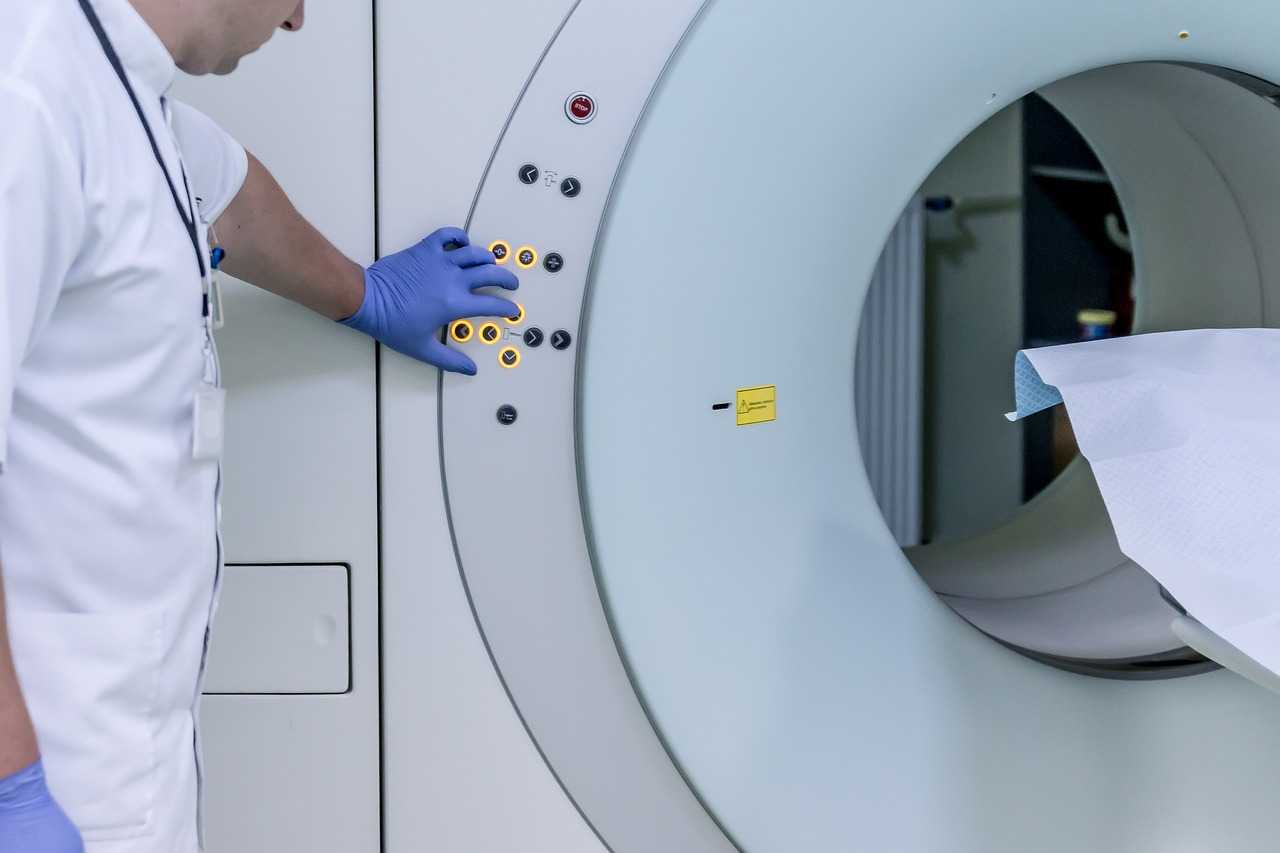
MRI Procedure?
An MRI scan is a sophisticated diagnostic tool that harnesses the power of strong magnetic fields and precise radiofrequency pulses to capture in-depth pictures of the body’s interior. This advanced imaging technology provides a non-invasive means to examine the complex details of the body’s inner workings, facilitating a deep understanding of health and disease. Understanding what to expect can ease any apprehension about the procedure for those scheduled for an MRI.
Before the MRI: Pre-Procedure Guidelines
Preparing for an MRI often involves a few simple steps:
- Medical History Review: A clear understanding of the patient’s medical history helps plan the procedure safely, especially concerning allergies or kidney function if a contrast agent is needed.
- Metallic Object Screening: Patients will be asked to remove any metal objects which can interfere with the magnetic imaging.
- Clothing: Patients might need to change into a hospital gown to prevent any interference from zippers, buttons, or accessories.
- Fasting: In some cases, patients may be required to avoid eating or drinking before the MRI to ensure a clearer image.
Understanding the MRI Machine and Environment
Upon entering the MRI suite, patients encounter the MRI machine, a large, tube-like structure with a table that slides into the magnet’s centre.
- Noise: The machine makes a loud thumping noise during operation, for which earplugs or headphones are typically provided.
- Communication: Patients will have a way to communicate with the MRI technologist at all times, often through a call button.
The MRI Procedure: Step by Step
Once preparations are complete, the following steps take place:
- Positioning for the Scan: The patient lies down on the sliding table, which will move into the magnet’s opening.
- Staying Still Is Crucial: It’s important to stay as still as possible during the MRI to get clear images. For some, remaining still can be challenging but is essential for the accuracy of the scan.
- Duration: An MRI scan can take anywhere from 15 minutes to over an hour, depending on the study’s extent and the number of images needed.
- Contrast Agent Use: If a contrast material is required for better images, it will be administered through a vein in the arm.
During the Scan: Sensations and Safety
- No Pain Involved: The MRI scan is painless. The only sensation comes from lying still on a hard surface, which can be temporarily uncomfortable.
- Warmth: Some patients feel warmth in the area being examined. This is normal but should be reported if it becomes bothersome.
- Safety Precautions: The MRI staff will monitor the patient during the procedure to ensure their safety and comfort.
Post-MRI Procedure: What Happens Next?
After the MRI, the patient can resume normal activities immediately unless sedated. In the case of sedation, a little recovery time in the facility is necessary.
- Waiting for Results: The images from the MRI are reviewed by a radiologist, and the results are sent to the patient’s doctor, who will then discuss the findings.
- Follow-Up: Additional tests or treatments may be recommended based on the magnetic resonsance imaging information.
Understanding How MRI Images Help in Healthcare
MRI scans contribute valuable information for various conditions:
- Neurological Insights: They are invaluable for diagnosing and monitoring brain and spinal cord diseases.
- Soft Tissue Evaluation: MRI is preferred for visualising ligaments, muscles, and tendons.
- Cancer Detection: It aids in detecting and staging cancer by showing the tumour’s size and spread.
Conclusion
An MRI is a tool that plays a critical role in modern medical diagnostics. For patients, knowing what to expect can demystify the process, minimise stress, and contribute to the smooth conduct of the procedure. The steps involved, from pre-procedure preparation to the scanning process and aftercare, are designed to ensure patient safety and comfort. By understanding the role of this technology in healthcare, patients can better appreciate the significance of an MRI in their medical journey.






